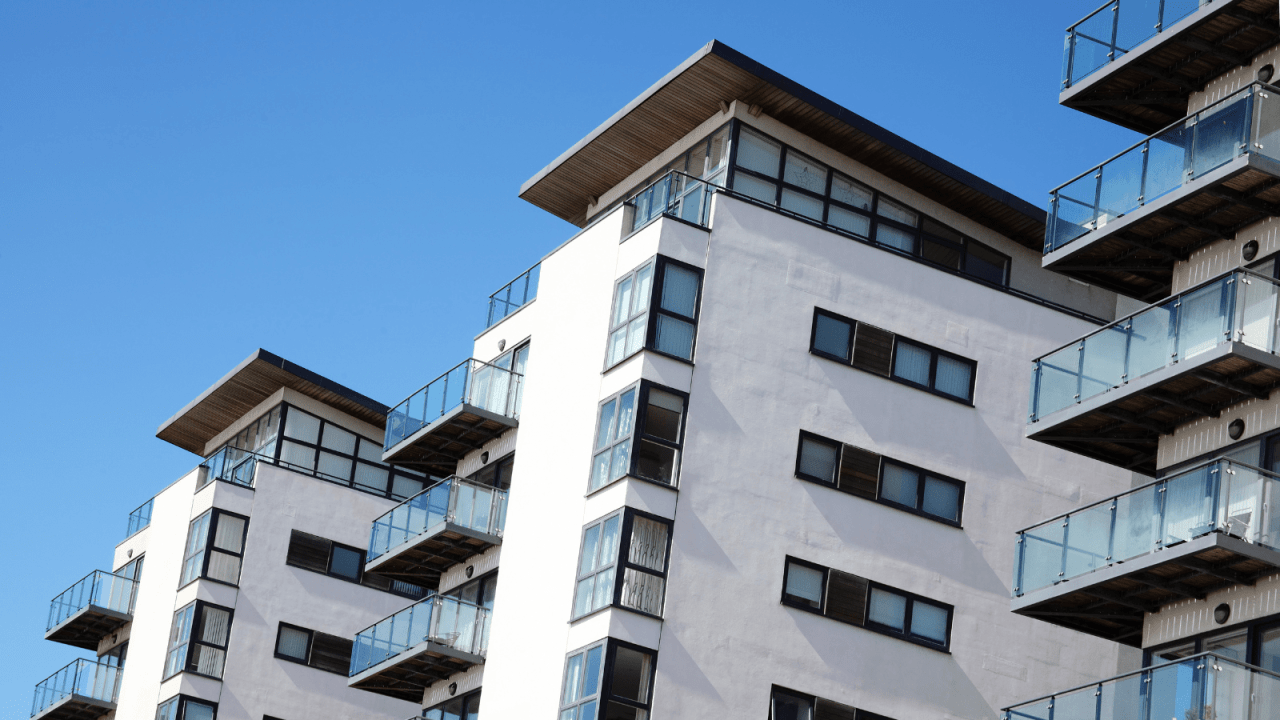In January 2023 new fire regulations will come into force which are designed to provide additional protection to occupants of apartment blocks which have accommodation at heights above 11m.
The new regulation known as The Fire Safety (England) Regulations 2022, will introduce new duties under the overarching Fire Safety Order for building owners or whoever is identified as being the fire responsible person or entity for the premises. The regulation has been devised to implement the majority of the recommendations made by the Grenfell Tower Inquiry in its Phase 1 report, which required changes in the law to improve the fire safety of blocks of flats in ways which are practical, cost effective for individual leaseholders and proportionate to the risk of fire as identified for individual building.
The Fire Safety Act, already in force, clarified the scope of the Fire Safety Order to make clear that the order applies to the structure, external walls including cladding and balconies, and individual flat entrance doors between domestic premises and the communal parts of residential buildings.
The Fire Safety (England) Regulations 2022, made under article 24 of the Fire Safety Order, imposes new duties on responsible persons with regard to the areas brought within the Fire Safety Order by the Fire Safety Act, and the introduction of section one of the Fire Safety Act was therefore a necessary precursor to the new regulations. The regulations will come into force on 23 January 2023.
Much of regulation deals with the provision of information provided both electronically and on site for local fire and rescue services, enabling them to have prior information about residential buildings, and to be better equipped and informed on arrival at the building to deal with any potential fire threat.
For high-rise buildings, those which are at least 18 metres in height or seven or more storeys, responsible persons must meet the provision of the regulation by sharing electronically with their local fire and rescue service information about the building’s external structure including any exterior wall systems. The provision of this information should include details about the design and materials of any external wall system and to inform the fire service of any material changes to these walls. Also, the responsible person will be required to provide information in relation to the level of risk that the design and materials of the external wall structure gives rise to, and what if any mitigating steps have been taken.
Provision of information should also include copies of floor plans and building plans which pertain to other areas of the premises, which will need to include the location of key features and firefighting installations. Hard copies of the building information including the building plans, a single page orientation plan of the building, and the name and contact details of the responsible person will need to be retained at the premises in a secure fire information box which is accessible to the attending emergency services.
Signage (known as wayfinding signs) will need to be installed to allow the fire service to understand which floor they are on when using the building stairways or exiting lifts, this signage will need to include apartment numbers relevant to the floor and to be visible in low light conditions.
The responsible person for the building will be required to establish, as part of a higher level of compliance, a minimum regime of monthly checks on lifts which are enabled for the use of firefighters, and on all essential pieces of firefighting equipment.
It will also be their responsibility to inform the fire service if a lift which can be used by firefighters or one of the pieces of essential firefighting equipment is out of order, and likely to be so for a period longer than 24 hours.
The undertaking of quarterly checks on all communal fire doors and an annual check on apartment entrance doors will come into force with the regulation, along with the requirement to provide residents with relevant fire safety instructions and information about the importance of having fire doors which are in good order and fully functional. All residents should also be provided with up-to-date information which describes how to report a fire and instructions which sets out what a resident must do once a fire has occurred, based on the evacuation strategy for the building.
For multi-occupied residential buildings which are below 18 metres in height, but do exceed 11 metres, responsible persons must still undertake the doors checks to both communal and apartment doors and provide the information to occupants regarding fire door safety and what to do in a fire emergency.
If you would like further information on how BNS can assist you with health and safety for your development, please get in touch.
With thanks to our associated health & safety company, Priority 1, for creating this article.


